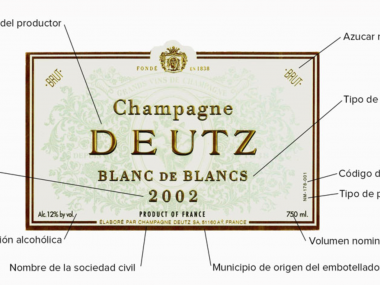Riesling wines are increasingly sought after as an ideal option to enjoy this summer. In this guide, you will find everything you need to know about these wines.
The Riesling tasting
Riesling offers intense aromas, even when drunk very cold, of orchard fruits such as nectarine, apricot, crisp apple with honey and pear, although they can also remind us of certain flowers, herbs, lime peel and even oil. It is important to take into account that it is a wine of very high acidity.
To balance its acidity, most Riesling wines are usually very sweet. However, today you can also find variants of dry Riesling wines, with a leaner taste. The latter is the case of most German Rieslings, as well as the Riesling produced in Alsace (France).
Food pairing with Riesling wines
Due to its sweetness and acidity, Riesling wine is the perfect accompaniment to spicy food. The strong Indian and Asian spices are a perfect match for Riesling.
As for meats that can be a good match, we find everything from duck, pork, bacon and chicken, to shrimp and crab. Riesling also goes very well with soft and delicate cheeses, accompanied by dried fruit.
It also goes very well with certain herbs and spices, especially those that are very strong and aromatic, such as cayenne pepper, ginger, cloves, cinnamon, allspice, tumeric, curry, basil, teriyaki sauce, among others.
Where does the Riesling come from?
Germany is the country that produces most of these types of wines. In the areas of Pfalz, Mosel, and Rheinhessen there are about 22 hectares cultivated. In Australia, the second in the list, there are four hectares. In the USA, there are three, distributed in Washigton, California and Finger Lakes. The rest of the countries where it is produced to a lesser extent are France (in Alsace), Austria and New Zealand.






